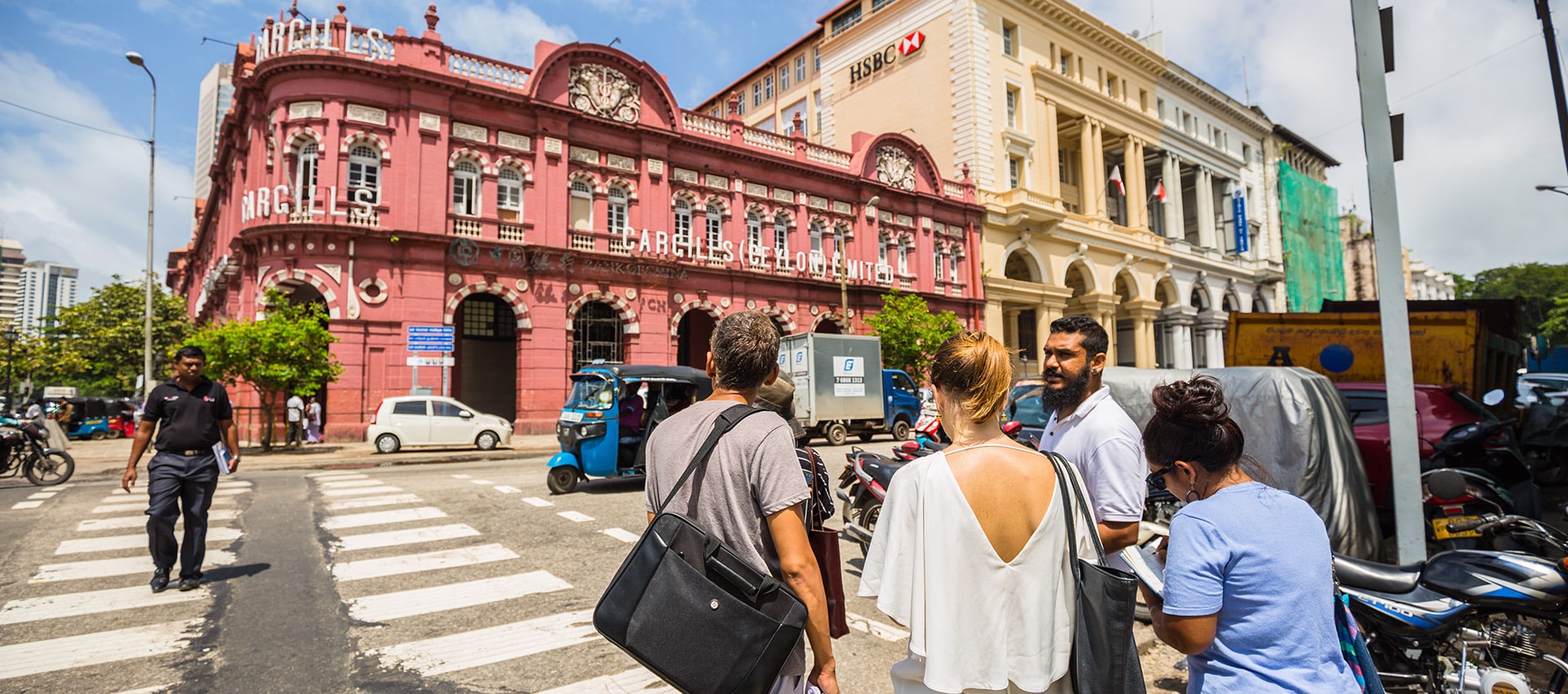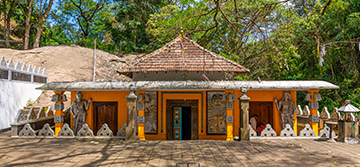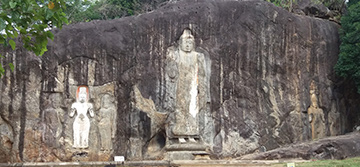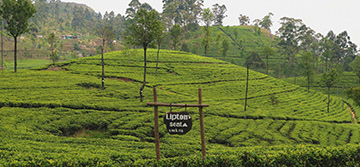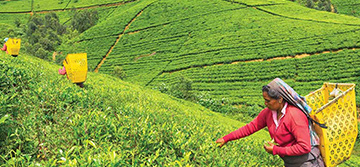Sri Lanka’s central highlands, better known as the hill country, is a majestic landscape of verdant, undulating tea fields, framed by a dramatic mountain backdrop. The home of Sri Lanka’s booming tea industry, which is now responsible for the employment of over 1 million Sri Lankan people and places Sri Lanka as the world’s fourth-largest supplier of tea, the hill country came into prominence during the British colonial period in the 19th century, where the colonisers saw the profit to be made in the mass cultivation of coffee and tea.
The hill country’s cooler climate – due to its high altitude – is ideal for growing tea. Two Scotsmen, James Taylor and Sir Thomas Lipton, worked together in the 1850s to modernise Ceylon’s tea industry, allowing for the production of tea on a mass scale which significantly shaped the face of the hill country. Visit Lipton’s Seat, the point from which Lipton used to survey his extensive plantations; stay in one of the old colonial planters’ bungalows that litter the landscape, set amidst tea plantations and perched atop hills offering glorious vistas, and visit a tea factory, many of which have preserved their original manufacturing processes.
The British also constructed the railway line that connects the different hill country towns to Kandy, the hill country’s capital, an incredible feet of engineering which remains the easiest way to travel into the hill country. It is also acclaimed as one of the most beautiful train journeys in the world: sit back and admire the spectacular views of pine forests, lush green fields, waterfalls and gorges, and marvel at the astonishing architecture of the railway line, such as the iconic nine arch bridge near Ella.
